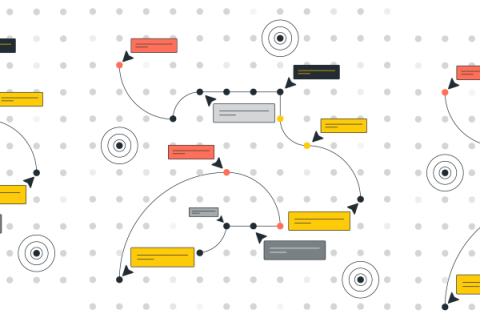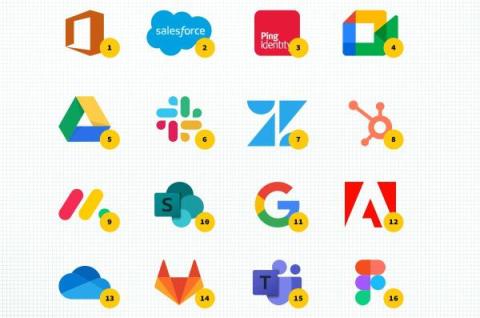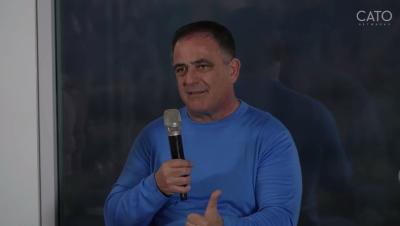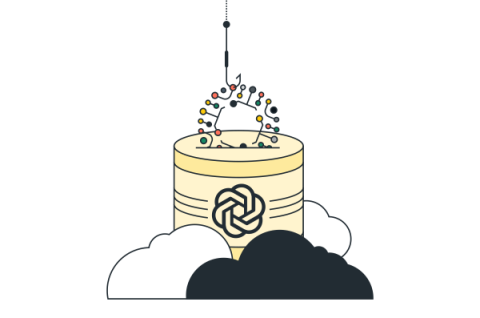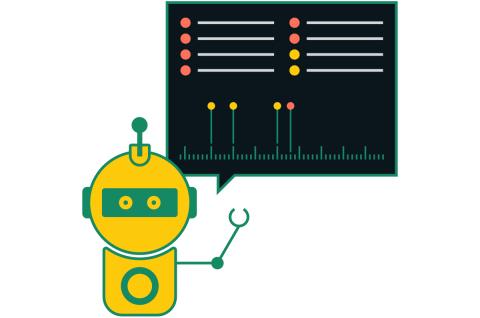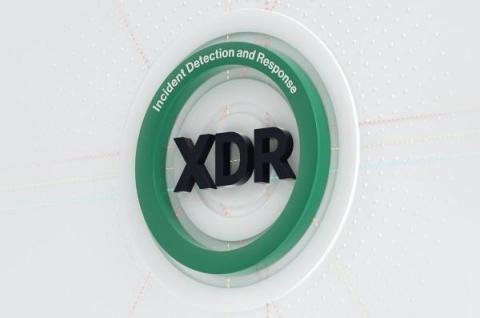Cato XDR Storyteller - Integrating Generative AI with XDR to Explain Complex Security Incidents
Generative AI (à la OpenAI’s GPT and the likes) is a powerful tool for summarizing information, transformations of text, transformation of code, all while doing so using its highly specialized ability to “speak” in a natural human language. While working with GPT APIs on several engineering projects an interesting idea came up in brainstorming, how well would it work when asked to describe information provided in raw JSON into natural language?


